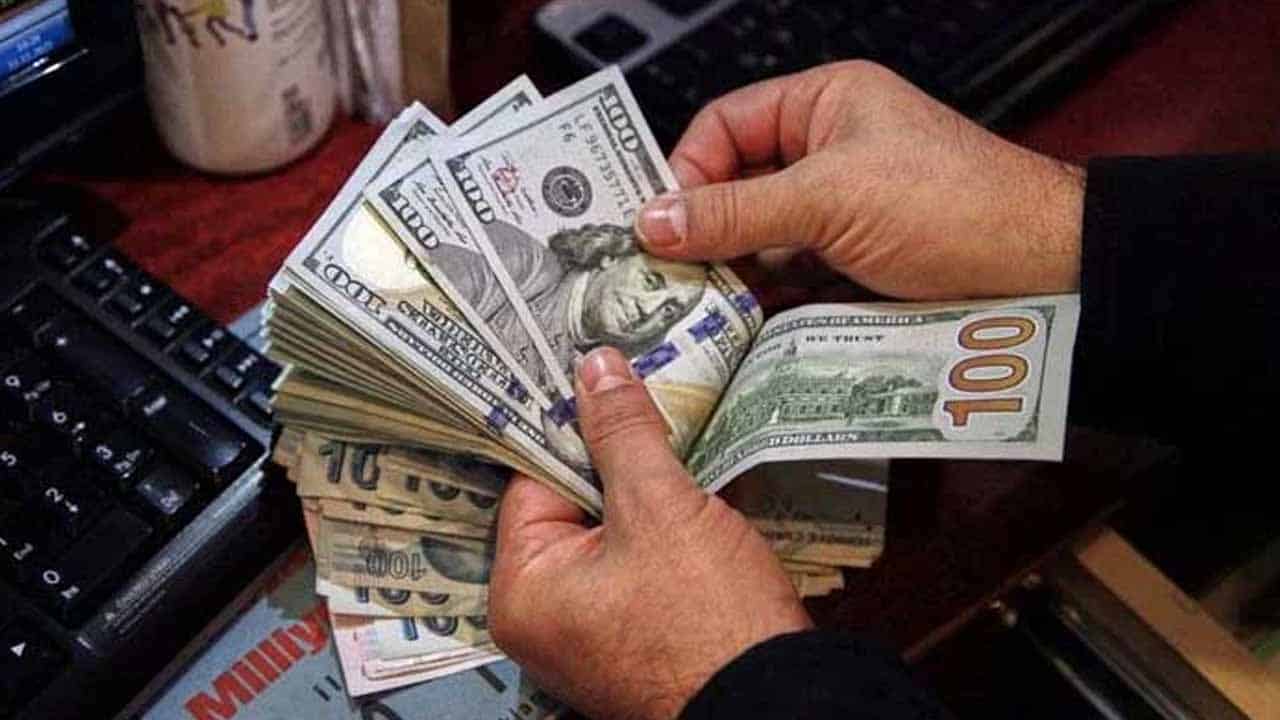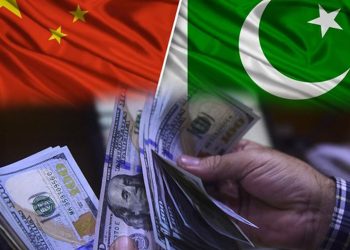The Pakistani rupee fell slightly against the US dollar in the early hours of intraday trading on Monday, falling almost 0.2%.
At 10:45 a.m., the rupee was trading at 278.05, down Re0.46 in the interbank market.
The rupee gained 0.11% in the previous week to end at 277.59 in the inter-bank market as optimism over the International Monetary Fund (IMF) programme faded and economic fundamentals took precedence.
According to Finance Minister Ishaq Dar, Pakistan has received a total inflow of approximately $4.2 billion, including the first tranche of the new SBA with the IMF.
Dar also announced deposits of $2 billion from Saudi Arabia and $1 billion from the United Arab Emirates. The inflows nearly treble the central bank’s reserves, which were reported to be $4.52 billion as of July 7. The inflows will be reflected in the reserves figures released next week.
Globally, the battered US dollar found solace on Monday after suffering its biggest weekly drop of the year, as traders awaited economic data and policy choices before selling it further.
Last week’s dollar decline began with yen buying as investors unwinded yen-funded positions in emerging markets, but it accelerated as weaker-than-expected US inflation data bolstered bets that US interest rates will soon peak.
Hikes are predicted from the Federal Reserve and the European Central Bank next week, but market pricing shows that the Fed will likely halt before cutting rates next year, while another boost is likely in Europe.
The US dollar index fell 2.2% last week, the most in a single week since November, and remained flat at 99.936 in the Asia session.
Oil prices, a major measure of currency parity, fell for a second session on Monday after China’s economic statistics showed second-quarter growth slowed, raising concerns about demand in the world’s second-largest oil user as Libya began production over the weekend.






